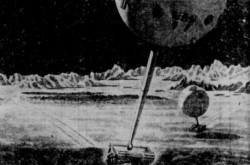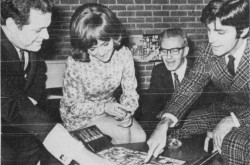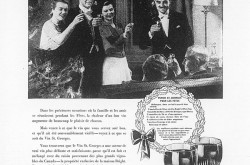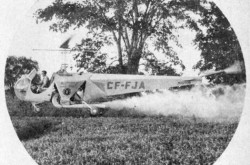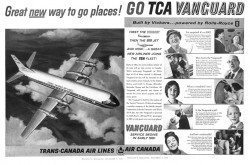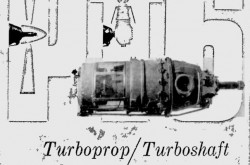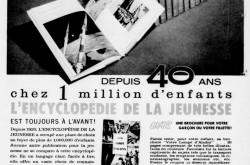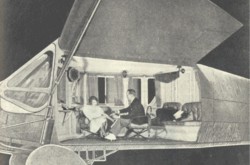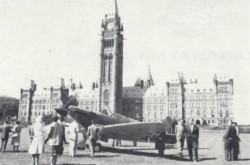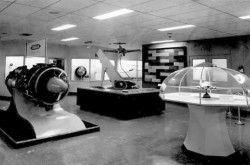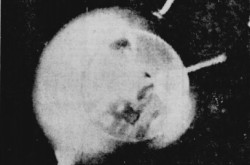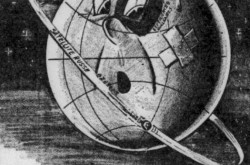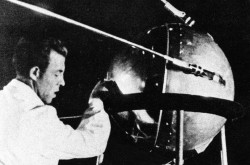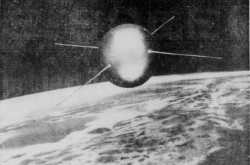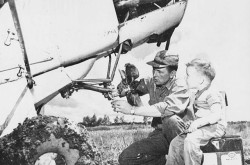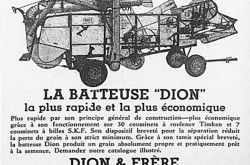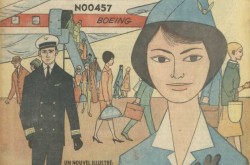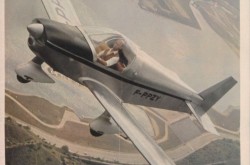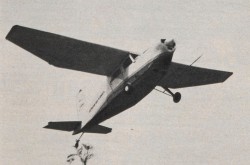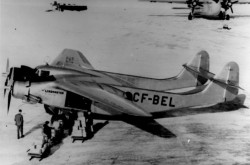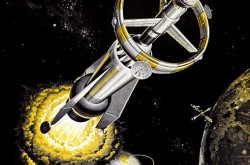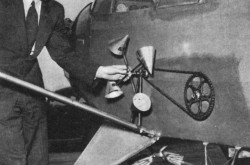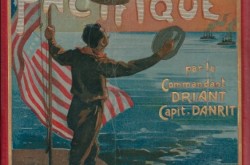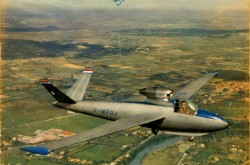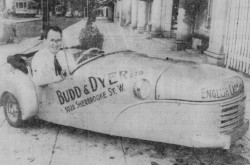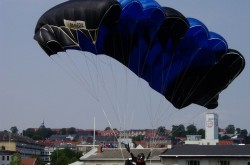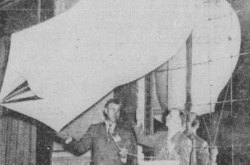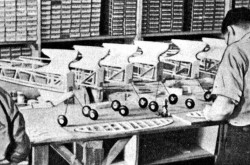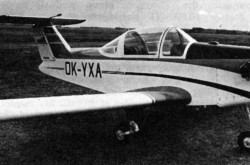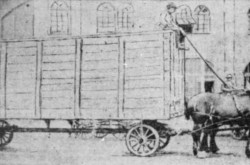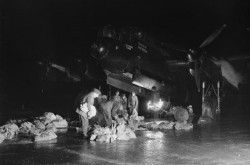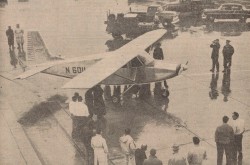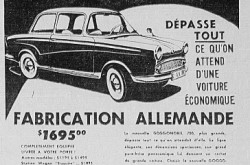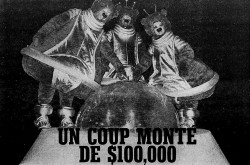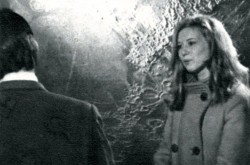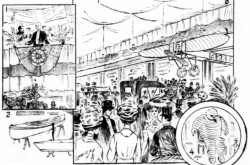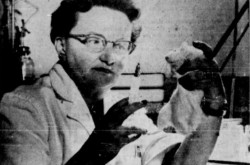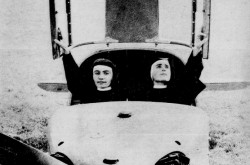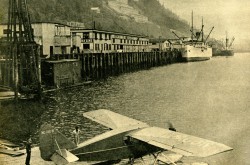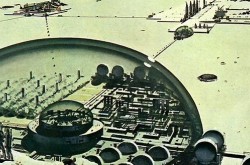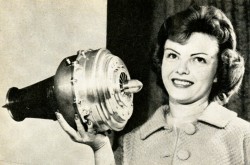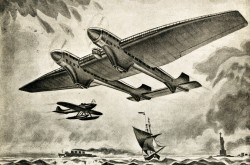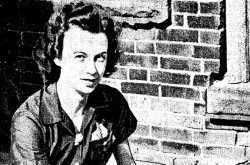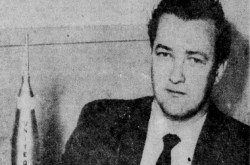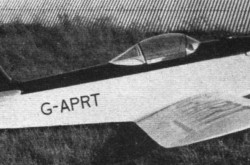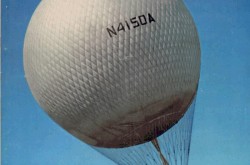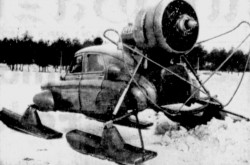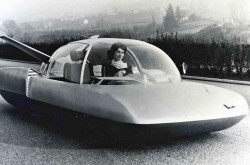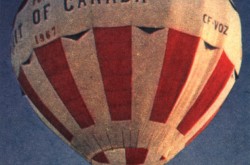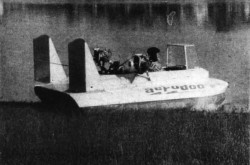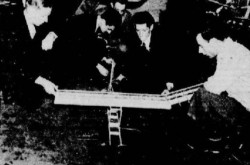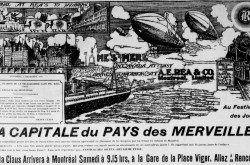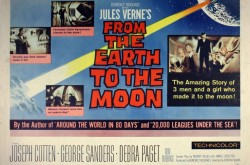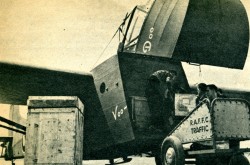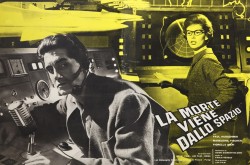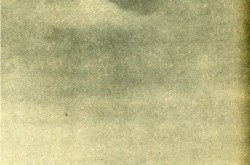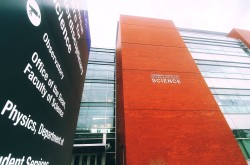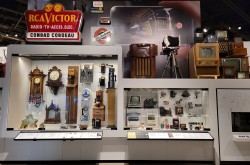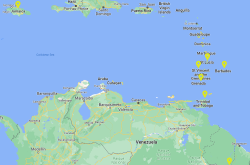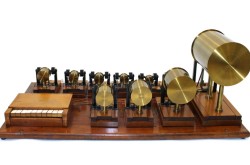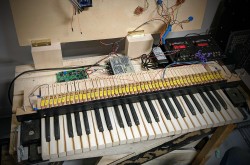One of the most fertile inventive minds at the dawn of the television age and one of the few African American pioneers of that technology, William Bundy Still, part 1
Yours truly has a confession to make. Yes, yes, I have. To my great shame, I must confess to watching way too much television. To paraphrase my father and other francophone Quebecers, I spend way too much time in front of the grimace box, in French la boîte à grimaces. So there, one of my many secrets is out.
Given the images you have just seen, my observant reading friend, it should come as no surprise that this week’s topic will be televisual in nature.
As you may well imagine, the television sets we have today bear little resemblance to the contraptions that the first television viewers on our big blue marble had to contend with almost a century ago. Yes, yes, almost a century ago.
Would you believe that, no later than January 1926, the Scottish electrical inventor / engineer John Logie Baird or, barring him, a representative of his English firm, Television Limited, contacted the General Post Office, the British government entity responsible for maintaining the postal, telegraphy and wireless telegraphy / radio systems of the United Kingdom?
You see, Baird wanted to set up television stations in no less than 4 locations in the United Kingdom, namely London and Manchester in England, Belfast in Northern Ireland and Glasgow in Scotland.

A prototype of the mechanical television camera developed by the Scottish electrical inventor / engineer John Logie Baird. The rotating disk with its numerous holes disposed in a spiral, along its edge, was clearly visible. Ch. de Caters, “La vision à distance est-elle un fait accompli?” Sciences et Voyages, 3 September 1925, 11.
You may wish to note that what Baird had developed was known as mechanical television. His equipment consisted of cameras and television sets fitted with a rotating disk which contained numerous holes disposed in a spiral, along its edge. The camera scanned a scene and generated a signal which was sent over the airwaves to the television set which displayed it.
The television sets that you or I may currently have in out humble abodes work on completely different principles, thanks to light-emitting diodes (LEDs) and organic light-emitting diodes (OLEDs), in other words tiny devices which emit light when an electric current flows through them, but back to the 1920s.
In August 1926, the General Post Office granted Television, yes, the firm, a pair of television broadcasting licenses, a world first, and this to a pair of stations located in London and in nearby Harrow, or was it in the equally nearby Harrow-on-the-Hill. Anyway, experimental broadcasts began soon after, another world first, I think.
Incidentally, the Harrow / Harrow-on-the-Hill station was located in a spot known as Green Gables, a name which might be familiar to a few people. All right, all right, to a lot of people, people who have read and read again the novels detailing the life story of Anne Shirley, later Anne Blythe, the beloved fictional character created in 1905 by the Canadian authoress Lucy Maud Montgomery.
Yes, yes, in 1905. The novel Anne of Green Gables was published only in 1908, in March or April, in the United States.
Realising as I do now that we might be on our way to creating an inordinately long article, let us leave aside any hope of providing a detailed history of the early days of television by limiting ourselves to stating that Baird was by no means the only person interested in that technology.
All right, all right, my flag waiving reading friend. Do not blew a fuse.
What could well be the first demonstration of the basic principles of television on Québec / Canadian soil took place at the Radio Show held in Montréal, Québec, between 24 and 29 September 1928. The good people of the Montreal and District Radio Club Incorporated of… Montréal put up quite the show at their kiosk. You see, their set up was in three sections which, even though the equipment itself was of the simplest construction, adequately presented the basic principles of mechanical television.
Which went to prove that the best way to demonstrate a technology is not necessarily a complex, expensive and all too often fragile doohickie, a thought, nay, a commandment that interpretive planners as well as designers of museum interactive devices should engrave on a wall of their cubicle, but I digress. (Hello, EP!)
The 1st section of the Montreal and District Radio Club’s presentation dealt with the television camera side of the process while the 2nd section dealt with the television set side of that same process. The 3rd section of the presentation showed how a source of light could be used to transmit images.
The whole set up had been designed and built by at least one member of the club and a director of said club, L.E. Hamilton, was often on the floor of the Radio Show to answer questions.
According to the President of the Montreal and District Radio Club, John Hayes, that demonstration of the basic principles of television was one of the most complete yet given.
All in all, the kiosk of the Montreal and District Radio Club was one of the finest and most interesting of the Radio Show.
Mind you, the throngs which paid a visit to the Radio Show could also witness an actual television demonstration, made with an honest to goodness mechanical television set, and this courtesy of the Montréal area team of the Québec Division of the American Radio Relay League. The gentleman in charge of that presentation was an avid and talented amateur radio operator, Thomas “Tommy” Letts of Longueuil, Québec.
Those demonstrations made during the Radio Show might well have been the first television demonstrations held on Québec / Canadian soil.
Mind you, again, Canadian Electrical Supply Company Limited, “Montreal’s Foremost Radio and Electrical Store,” or so claimed that firm, included alluring words in an advertisement published just before the opening of the Radio Show: “See Our Exhibition of Television At The Show.”
What did that exhibition look like, you ask, my delightfully curious reading friend? A good question. Canadian Electrical Supply might, I repeat might, have displayed and, perhaps, demonstrated a mechanical television set kit aimed at amateur experimenters, a kit produced by a recently created American firm, Insuline Corporation of America Incorporated.
A contemporary advertisement pointed out that Canadian Electrical Supply sold those kits for the measly sum of $ 70, an amount which corresponded to $ 1 225 or so in 2025 currency. And yes, my penny pinching reading friend, what an amateur experimenter got for that pile of dough was a kit, and nothing more.

One of the mechanical television set kits produced for amateur experimenters by Insuline Corporation of America Incorporated, and the one which was shown in an advertisement issued by Canadian Electrical Supply Company Limited of Montréal, Québec, in a September 1928 issue of the Montréal daily newspaper La Patrie. Anon., “New Products for Dealers to Sell.” Radio Retailing, November 1928, 71.
Incidentally, Insuline Corporation of America sold its kits between US $ 37.50 and US $ 65, sums which corresponded to between $ 980 and $ 1 700 or so in 2025 currency. Those price differences were accounted for by the degree of completeness of each kit.
One had to wonder if Montréal amateur experimenters bought some of the kits offered by Canadian Electrical Supply, especially after reading the following words, translated here, written by a journalist of the Montréal daily newspaper Le Devoir, Alexis Gagnon, under the whimsical pen name of Marc Oni, and…
Yes, that nom de plume was a pun based on the name of the Italian inventor / radio pioneer Guglielmo Giovanni Maria Marconi, a member of the infamous Partito Nazionale Fascista from September 1923 onwards mentioned in December 2018, April 2019 and May 2020 issues of our electrifying blog / bulletin / thingee. Can we go back the quote that yours truly was about to offer you? Thank you.
We again ask our readers not to be fooled by the wonders which are ascribed to television. In the current state of development of that science, there is no reception at more than [32 or so kilometres] twenty miles from the transmitting station. Further on, it becomes almost impossible to distinguish a human face from a leg. In addition, within [32 or so kilometres] twenty miles, the reception is rudimentary, the image is blurred. A movement a bit quick of an arm and the latter disappears suddenly, unless it is the head and we are left with an arm.
Would you believe that the mayor of Montréal, the larger than life Camillien Houde, a gentleman mentioned in September 2023 and March 2024 issues of our equally larger than life blog / bulletin / thingee, had a few words to say about television in the opening address he gave on the opening day of the Radio Show? And here they are…
But when it comes to radio-television – and I am told in many quarters that this will be one of the next advances – when you can tune in on the radio and not only hear but see the opera or the church service or whatever is on the programme – and when along with that we have also portable radios which are also prophesied in some quarters, and the fellow on the street can tie his aerial to his hat and tune in on you wherever you are – well, all I have to say at present is, I am going to keep my wave length secret.
Prophetic words, would you not think, my reading friend?
Having found both English and French versions of the words we have just read, yours truly cannot state with any degree of certainty if Houde pronounced them in English or French, given that he spoke both languages during his opening address. Sorry.
Incidentally, Houde’s quip about keeping his wavelength secret provoked a gleeful reaction among the audience listening to his words, whichever language they had been uttered in.
Err, profuse apologies for this inordinately long digression on the 1928 Radio Show.
A brief digression if I may. The 2nd television demonstration on Québec / Canadian soil might, I repeat might, have taken place at the Salon du radio held in Québec, Québec, between 3 and 5 October 1928. The mechanical television set involved in that event came from the United States. It went on display in the kiosk put up by the owner of a local radio store, Alphonse H. Houde. Better yet, Houde allegedly had television sets for sale in his store that very month.
Houde’s interest in the new invention might have been linked to a desperate and, in the end, unsuccessful attempt to save his business. You see, the content of Houde’s store was sold at auction in December 1928, as a result of his bankruptcy.
And no, my reading friend, yours truly doubts that Houde was a close relative of the mayor of Montréal. This being said (typed?), let us not forget that virtually all “old stock” francophone Quebecers, to use a somewhat loaded expression, all 6.75 or so million of them, have one or more than one common ancestors. How could it be otherwise given that the population of New France in 1763, when that French colony became a British possession, hovered around 70 000 people? Hi, cousin!
The 3rd television demonstration on Canadian followed soon after the 2nd one, a tad after the middle of October 1928, and this in “Canada’s Finest Radio and Auto Supply House,” or so claimed Wentworth Radio & Auto Supply Company Limited of Toronto, Ontario. The mechanical television set in question had been manufactured by an American firm, Daven Radio Corporation. Wentworth Radio & Auto Supply sold its television sets for a measly $ 135, a sum which corresponded to almost $ 2 375 in 2025 currency.
The word television was apparently invented in 1900, by the way, I kid you not, by the Russian military engineer / scientist / teacher Konstantin Dmitriyevich Perskiy, for a presentation, “Télévision au moyen de l’électricité,” made in August of that year, in Paris, France, at the Congrès international d’électricité held in parallel with the Exposition universelle internationale de 1900.
And no, yours truly has not already forgotten our intention not to end up with an inordinately long article. Relax, my reading friend, relax.
One could rightfully argue that this week’s story really began in early November 1916 with the birth, in Danville, Kentucky, of William Bundy “Bill” Still.
Still’s father was none other than William Grant Still, Junior, a renowned African American composer often referred to as the dean of African American composers.
Blessed with unusual technical skill and abilities but living in a country where racism and segregation were unavoidable and, too often, deadly realities, Still put together his first basic radio receiver, in a cigar box, and this in New York City, New York, in 1927, in the workshop where he and his father built miniatures railroads and the scenery surrounding them. He actually got in trouble with his parents for neglecting his studies, said studies including included piano and violin lessons.
Still did not do well at Brooklyn Technical High School, in New York City. You see, he spent so much time developing his radio sets and completing some for his closest friends that he barely managed to graduate. Mind you, he also worked part time in a few radio stores. You see, Still had a goal in mind.
By 1932, at age 15, he had put together a radio transmitter and obtained an amateur radio operator license.
Still also put small advertisements in various New York City newspapers published in Hungarian, Polish and Yiddish, informing their readers that he could repair radio sets for a fee.
By the way, Yiddish is a Germanic language born in Central and Eastern Europeans Jewish communities which includes elements of Hebrew and Slavic vocabulary, but back to Still.
That teenager’s stay at the College of the City of New York, in… New York City, was brief. So ended Still’s formal education, not to mention his father’s dream that he would go to the Massachusetts Institute of Technology and become an engineer.
And yes, you are correct. That prestigious institution of high learning was mentioned many times in our equally prestigious, well almost, blog / bulletin / thingee, and this since July 2019.
In any event, Still quickly found employment with a few radio transmitter (and receiver?) manufacturers located in New York City, I think. One of these might, I repeat might, have been Marine Radio Manufacturing & Electric Company. Within 2 years of joining the staff of that firm, Still was its assistant chief engineer.
Still opened his own, albeit smaller radio store, in Brooklyn, one of the boroughs of New York City, at some point during the second half of the 1930s.
Later on, Still opened a larger store, with a recording studio, in Jamaica, a neighbourhood / village located within Queens, another borough of New York City. Business was good.
Some of the musicians who worked in his studio were very well known at the time, and remain so until today in more than one case. One only needed to mention
- the African American composer / jazz pianist / theatrical producer / promoter / publisher / vocalist Clarence Williams,
- the African American composer / organist / jazz pianist / singer Thomas Wright “Fats” Waller, and
- the African American composer / jazz pianist James Price “Jimmy” Johnson.
Another customer was the arranger of the Spanish arranger / bandleader / cartoonist / musician / violinist Xavier Cugat, born Francisco de Asís Javier Cugat Mingall de Bru y Deulofeu.
Still seemingly began to work on television in 1938, if not 1937.
Indeed, it looked as if Still played a central role in the first television experiment made by an African American minister, Bishop Robert Clarence Lawson, founder of the Church of Our Lord Jesus Christ of the Apostolic Faith, in late October 1938. The television hookup was installed in the studio of a radio station, WBNX, located in the Bronx, one of the boroughs of New York City. Lawson performed his usual program of singing and preaching.
At some point in 1939, I think, Still founded Jamaica Radio & Television Service, in Jamaica.
According to a brief article issued in early November 1939 by an African American news service, Associated Negro Press Incorporated, Still was, and I quote,
one of the few young men of his race who have conducted experiments in radio’s newest development, television. Under the trade name ‘Armstill Televisors,’ young Still is marketing a television set he has developed. He has also invented a circuit which eliminates static, prevents it from breaking up the picture. His experimental shop is in Jamaica, NY.
At some point, presumably in 1939 or 1940, Still put a television set and a television camera, possibly of his own design, in the display window of his store. Their presence did not go unnoticed.
Would you believe that in 1939 and 1940, Still allegedly sold and installed more than 150 television sets in the New York City area? More than 50 of those provided satisfactory from the moment they were plugged in and connected to their antenna. The other 100 or so, installed as they were in the multistory building areas of the American megalopolis, required more or less elaborate tweaking of their antennas.
Still allegedly sold more television sets in 1939 and 1940 than all his Jamaica competitors combined.
Still also sold experimental television kits to enthusiasts. Each of those cost US $ 65, a sum which corresponded to $ 2 100 or so in 2025 currency.
Yours truly cannot say with any degree of certainty that Still made most of the television sets he sold. This being said (typed?), he might, I repeat might, have delivered custom-made television sets for some of the firms which later on turned into important manufacturers of television sets. Those firms might, I repeat, again, might, have included entities like Zenith Radio Company, Westinghouse Electric and Manufacturing Company, Radio Corporation of America, Philco Radio & Television Company and General Electric Company.
And yes, my assiduous reading friend, General Electric as well as Westinghouse Electric and Manufacturing were mentioned in many issues of our exceptional blog / bulletin / thingee, and this since April and July 2018.
Would you believe that Still allegedly supplied the City of New York Police Department with small television sets which could be placed inside police vehicles? I kid you not. Those television sets allegedly allowed police officers on patrol to receive portraits of missing people or wanted criminals, and…
Yours truly would recognise that dubious look anywhere, my reading friend. You do not really believe that Still actually supplied those small television sets, now do you? In truth, I too had my doubts, at least until I came across that photograph…

A composite photograph showing William Bundy Still fiddling with the controls of a small television set of his own design, and this aboard an automobile. Anon., “Car Television Is Here!” Radio-Craft, August 1941, front cover.
I know, I know, the photograph we just saw was a composite image. This being said (typed?), Still provided ample information and a block diagram describing how to build a small television set which could be mounted in an automobile in the September 1941 issue of the American monthly magazine Radio-Craft. Sadly enough, it looked as if the second part of that article was never published.
This being said (typed?), by the looks of it, Still did install a small television set of his own design in his Chrysler De Soto automobile in 1941, quite possibly a world first. He had begun that project the year before, and…
Err, Still was not the first person to develop a television set designed to operate in an automobile, you say (type?), my reading friend? No… Do tell. A German firm, C. Lorenz Aktiengesellschaft had such a small screen (9 x 11 or so centimetres (3.5 x 4.5 or so inches)) television set on display in the 1937 and 1938 editions of the Große Deutsche Rundfunk-Ausstellung held in Berlin, Germany? Wah! I stand corrected, and…
At least one series of tests had taken place in Berlin as early as June 1934? Re-wah!
This being said (typed?), Still may well be the first North American to develop a television set designed to operate in an automobile.
After having said (typed?) all this, yours truly cannot state with any degree of certainty that patrol cars of the City of New York Police Department equipped with small television sets actually scoured the streets of New York City. Somehow, I doubt it. You see, that was precisely the sort of thing that newspapers and magazines of the time would have inserted in their columns, and there is no trace of any such insertion, and that is the end of our story for today, and…
You have a question, do you not, my reading friend? When will we finally look into the photograph at the beginning of the present text? All in good time, all in good time. Now, be somewhere else. The vegan turkey in my oven is almost ready.
See ya.






































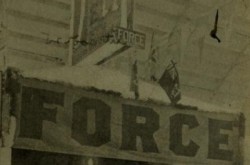
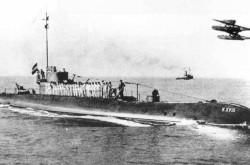
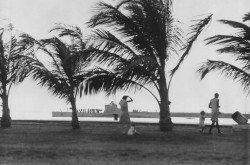
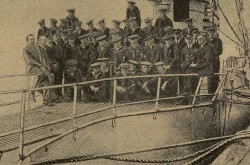
![A block of photographs showing some of the people involved in the bombing of beluga whales in the estuary and gulf of the St. Lawrence River. Anon., “La chasse aux marsouins [sic]. » Le Devoir, 15 August 1929, 6.](/sites/default/files/styles/thumbnail_7/public/2024-09/Le%20Devoir%2015%20aout%201929%20page%206.jpg?h=584f1d27&itok=TppdLItg)

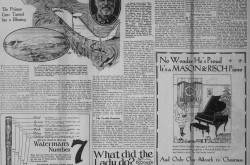

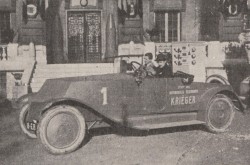
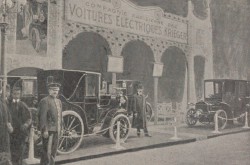

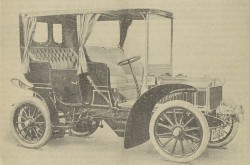


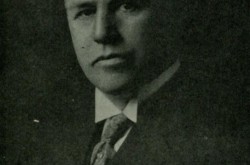
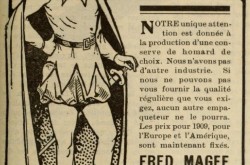
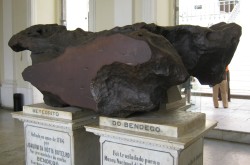
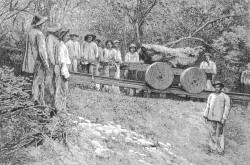
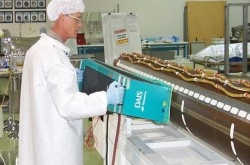
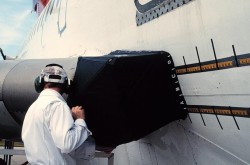
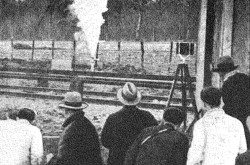
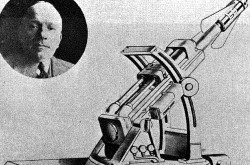
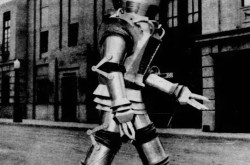
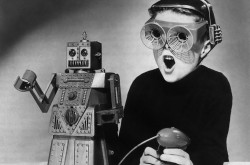
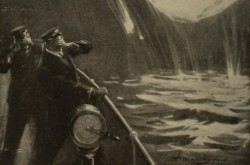
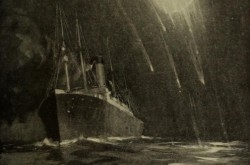
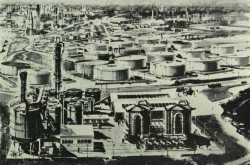
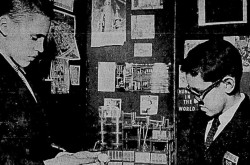
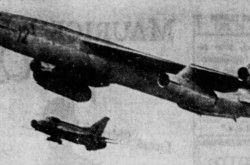
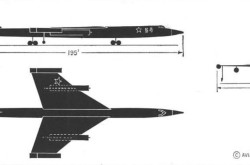
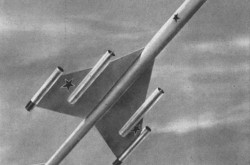

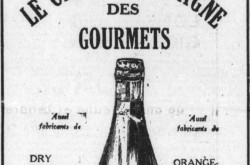
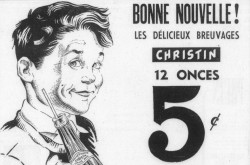

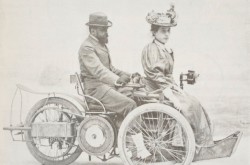
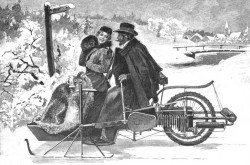

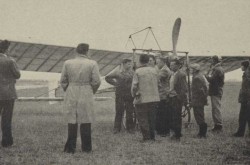
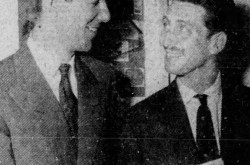
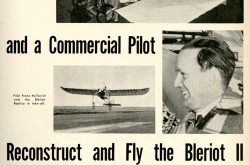
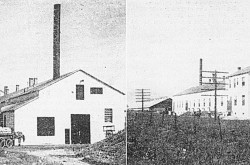

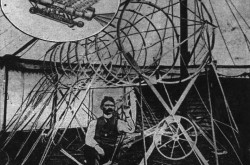

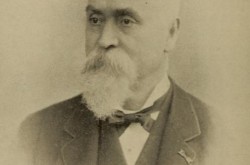
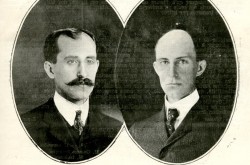
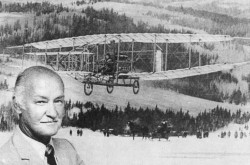
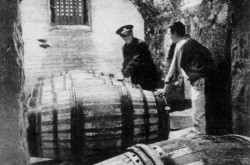
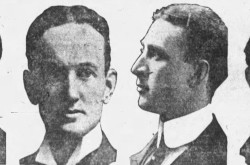
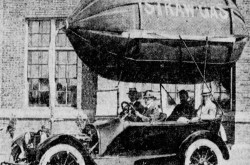

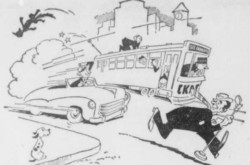
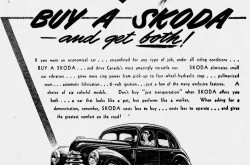
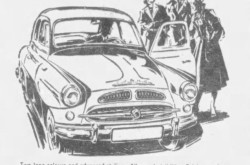
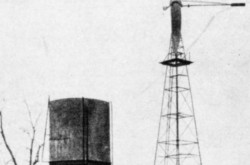
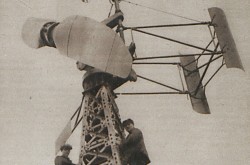
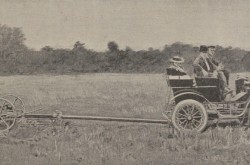

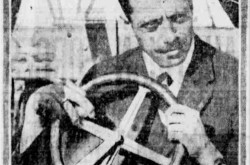

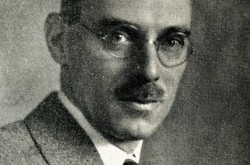
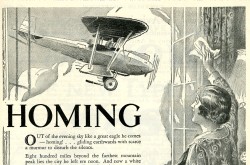

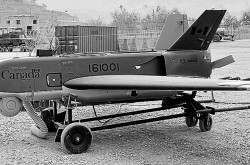


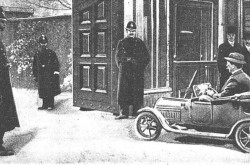
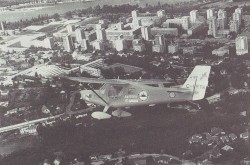
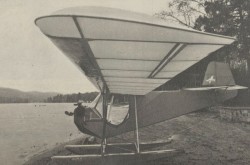
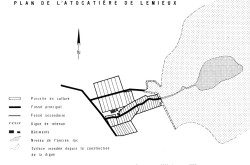

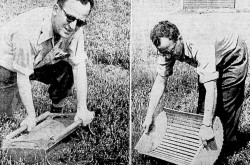
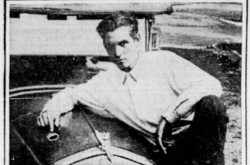
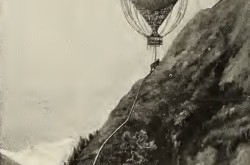


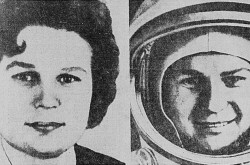
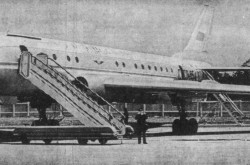
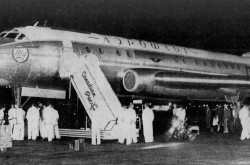
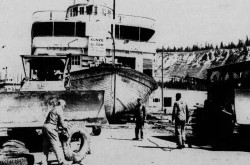
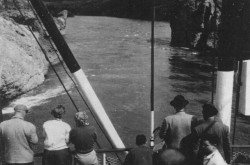
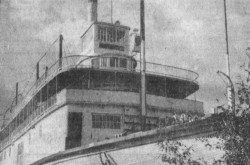
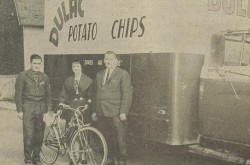
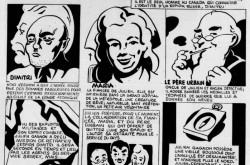
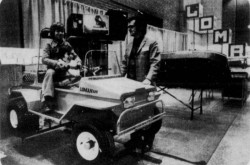

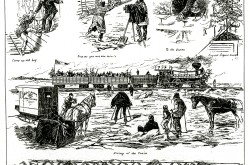
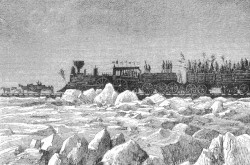
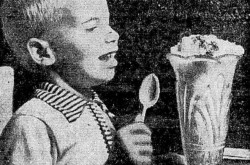
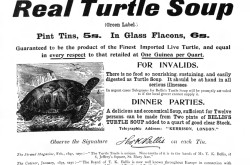


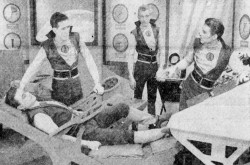

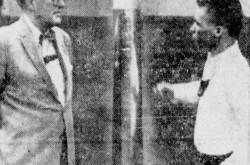


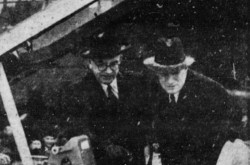
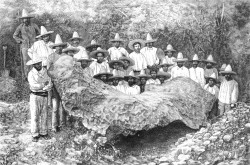
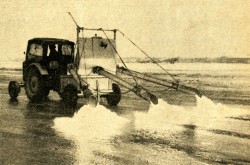

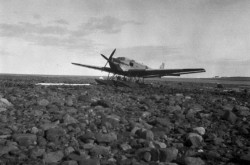

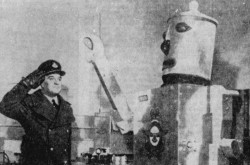
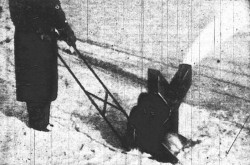


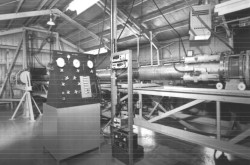

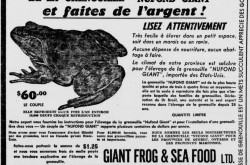
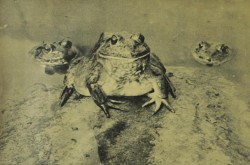

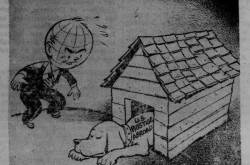
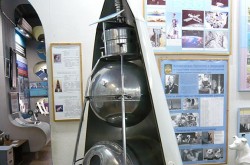



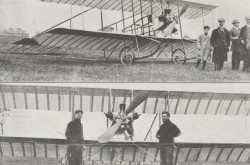


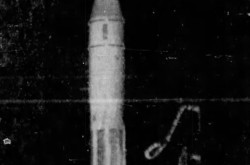
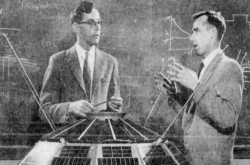
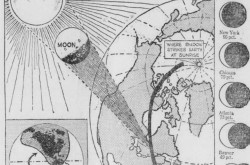

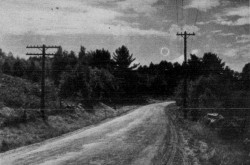





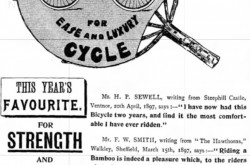
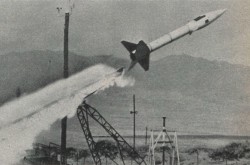
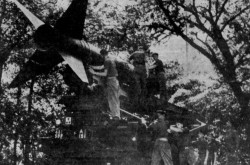
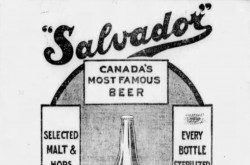
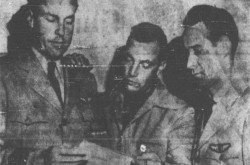
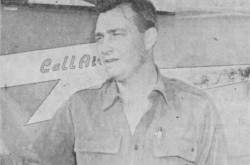
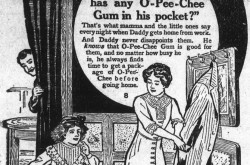

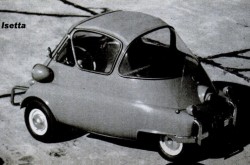
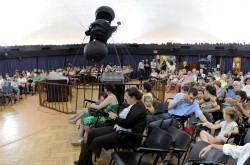
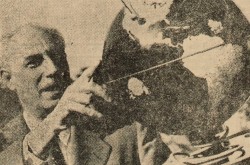
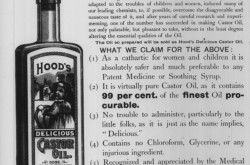
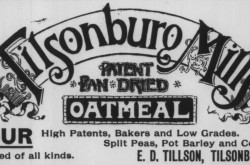



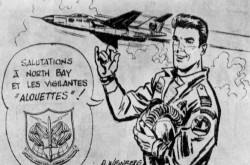
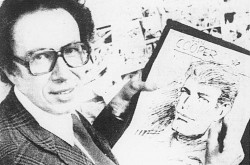
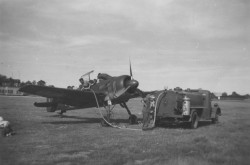

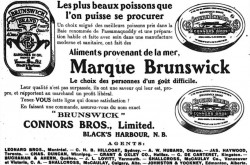
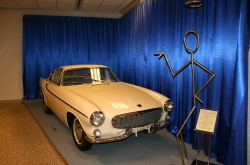

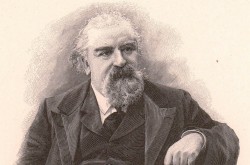


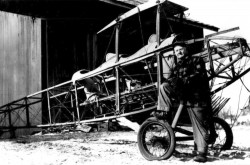

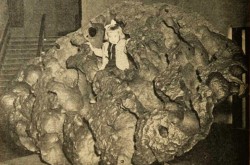
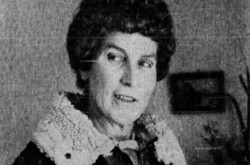

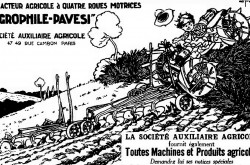
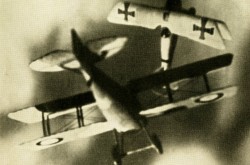

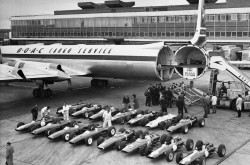
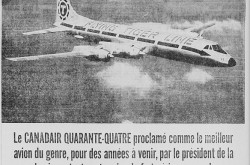


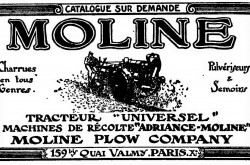
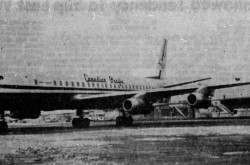

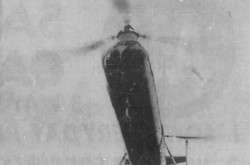

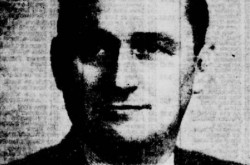
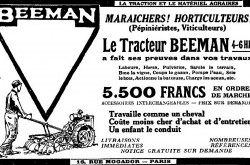
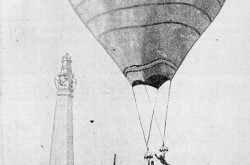

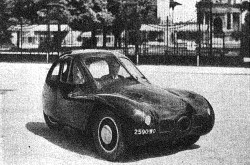
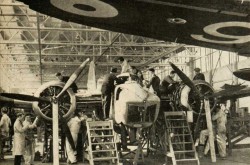


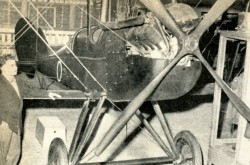
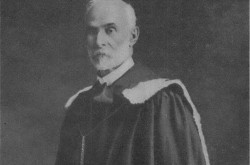
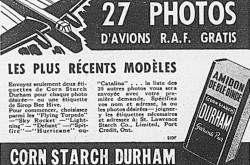
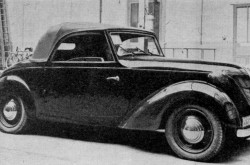

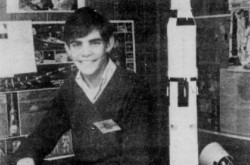

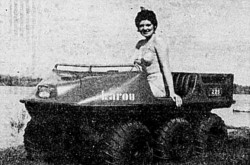
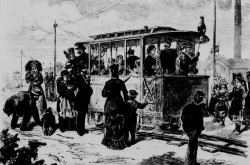
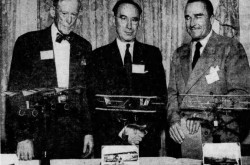
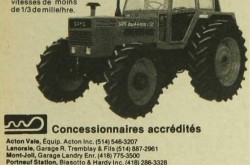



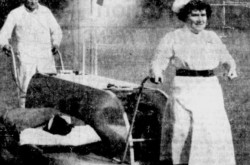

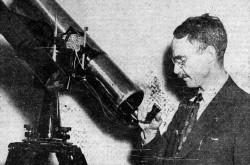

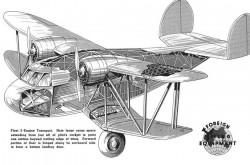
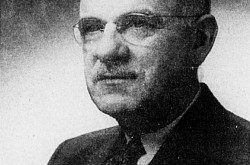
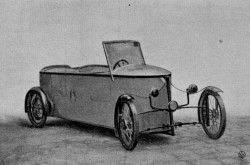

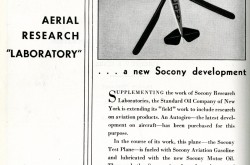

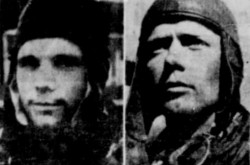
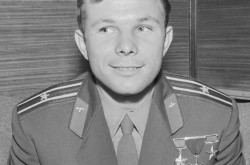

![Peter Müller at the controls [sic] of the Pedroplan, Berlin, Germany, March 1931. Anon., “Cologne contre Marseille – Le mystère du ‘Pédroplan.’ [sic]” Les Ailes, 2 April 1931, 14.](/sites/default/files/styles/thumbnail_7/public/2021-04/Les%20Ailes%202%20avril%201931%20version%20big.jpg?h=eafd0ed4&itok=WnBZ5gMf)
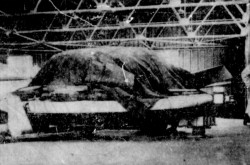
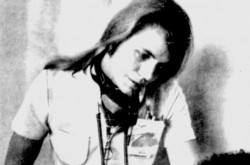
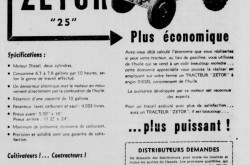
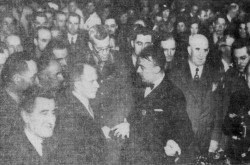
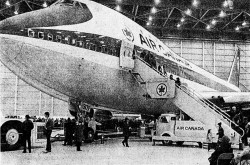
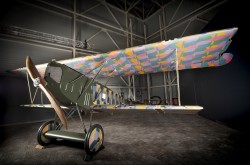

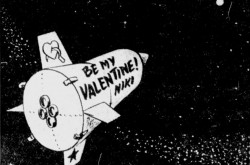
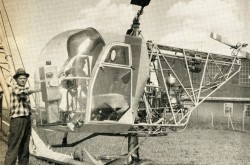


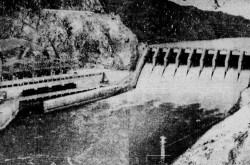
![One of the first de Havilland Canada Chipmunk imported to the United Kingdom. Anon., “De Havilland [Canada] DHC-1 ‘Chipmunk.’” Aviation Magazine, 1 January 1951, cover.](/sites/default/files/styles/thumbnail_7/public/2021-01/Aviation%20magazine%201er%20janvier%201951%20version%202.jpg?h=2f876e0f&itok=DM4JHe5C)

